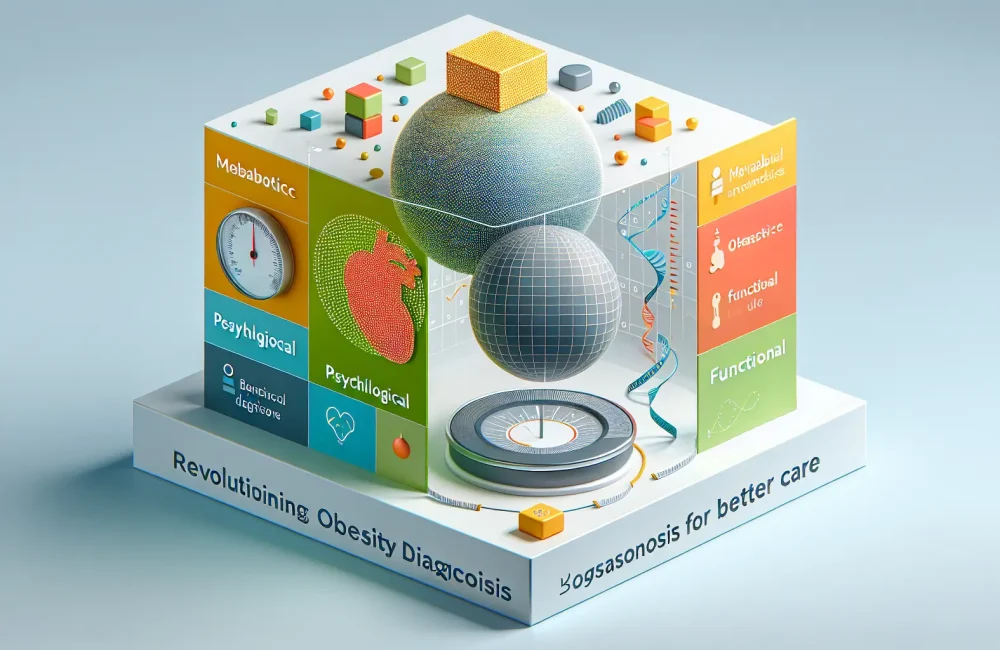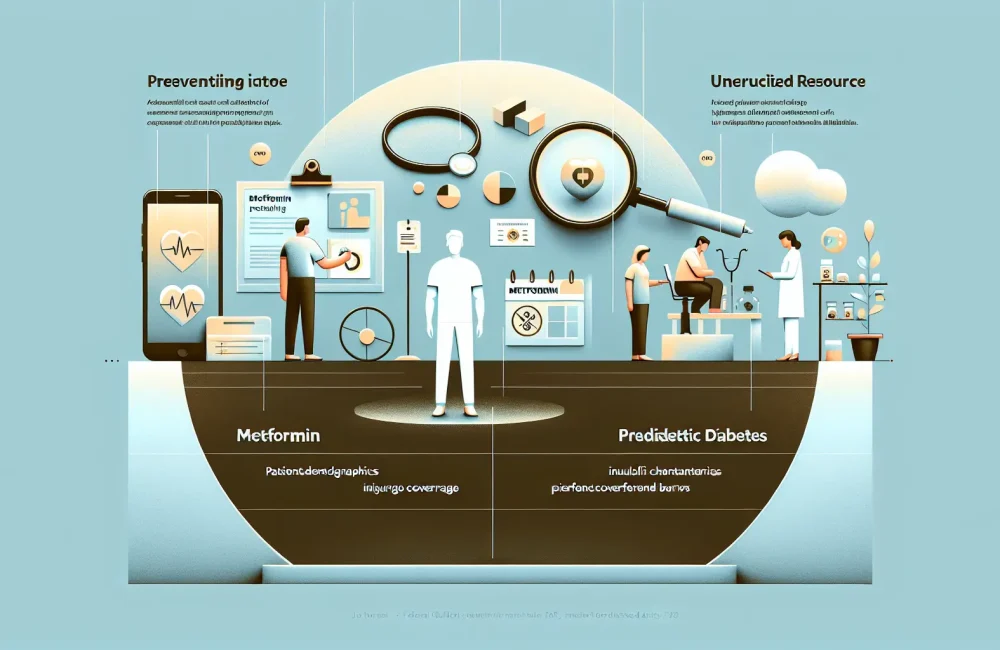By CAFMI AI From JAMA
Moving Beyond BMI: A New Diagnostic Paradigm
The Global Commission on Obesity has put forward a landmark proposal to overhaul the way obesity is diagnosed, moving beyond the traditional reliance on body mass index (BMI) as the sole marker. This change is rooted in the recognition that BMI alone does not capture the full complexity of obesity-related health risks and fails to account for the heterogeneity seen in patients. The commission advocates for a multidimensional diagnostic framework that includes metabolic, psychological, and functional assessments alongside anthropometric data. For clinicians in the United States and elsewhere, this means a significant shift in clinical practice toward recognizing and addressing different obesity phenotypes, each with their distinct risk profiles. By incorporating biochemical markers such as inflammatory markers, insulin resistance, and cardiovascular risk factors, healthcare professionals can more accurately stratify patient risk and personalize interventions. This nuanced approach promises to improve clinical outcomes by targeting therapies more effectively and avoiding the oversimplification associated with BMI-centric diagnosis methods.
Comprehensive and Patient-Centered Management Strategies
The commission treats obesity as a chronic disease requiring sustained, individualized management rather than a condition diagnosed and treated on a one-time basis. Emphasizing a patient-centered care model, the new diagnostic framework integrates quality of life, mental health status, and social determinants of health into clinical decision-making. This holistic viewpoint acknowledges that obesity’s impacts extend beyond numbers on a scale, affecting psychological well-being and social functioning. For clinical practice in primary care and specialized settings, this means adopting continuous management plans that are tailored, not just to the patient’s metabolic profile, but also their psychological needs and environment. Additionally, the commission calls for improved healthcare professional education in obesity care, recognizing that outdated training frameworks contribute to underdiagnosis and undertreatment. The guidelines suggest a recalibration of public health policies to support these changes, encouraging healthcare systems to invest in multidisciplinary programs that reflect this comprehensive vision.
Implications for Future Research and Policy
The Global Commission on Obesity’s recommendations extend beyond clinical practice into research and policy domains. They highlight the need for future studies to explore diverse obesity phenotypes and their underlying mechanisms to better tailor interventions. Policymakers are urged to consider these new diagnostic and management frameworks when designing public health strategies, moving away from one-size-fits-all approaches. Emphasis is placed on integrating social, environmental, and economic factors influencing obesity to create more equitable healthcare delivery. The commission also advocates for increased funding towards obesity research, education, and infrastructure to support implementation. Ultimately, these changes aim to foster a healthcare environment that improves long-term outcomes, reduces stigma, and addresses obesity as a complex, multifactorial disease.
Read The Original Publication Here






